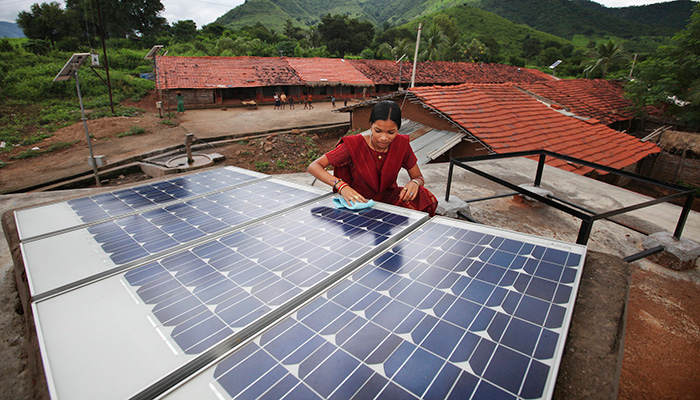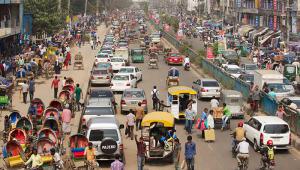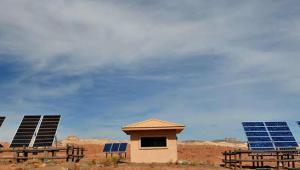Over 200 million people in India are not connected to the electricity grid and those who face frequent disruptions due to power shortages, hampering industrial output and leaving many industries reliant on expensive and polluting diesel-based back up power supplies.
A lack of available financing has meant that those who are aware of and would like to install rooftop solar panels have had to pay the full cost upfront, and uptake has remained low despite the country’s huge solar energy potential.
Mohua Mukherjee, senior energy specialist and the World Bank’s team leader on the project, said the initiative and variety of financing mechanisms it offers will “represent a major innovation for the rooftop market”.
The project aims to finance the installation of at least 400 MW of rooftop solar photovoltaic (PV) panels across India, to be connected to the grid, contributing to a government target to increase India’s solar PV capacity to 100GW.
It also hopes to strengthen the capacity of key institutions, support the development of the overall solar PV market and expand its reach to a variety of customer groups.
It will cater to customers who can afford to develop and own their rooftop systems as well as others who prefer a pay-to-use model that doesn’t involve outright ownership.
The State Bank of India will on-lend the funds to solar developers, aggregators and end users investing in mainly commercial and industrial rooftop systems, working to ensure their use becomes much more widespread.
The $625m loan from the bank’s concessional lending arm, the International Bank for Reconstruction and Development, will be complemented with $125m of concessional co-financing and a $5m grant from the Climate Investment Fund.
Onno Ruhl, World Bank country director in India, said this project and others like it will see tens of millions of electricity consumers able to generate part of their own electricity needs from one of the cleanest sources of energy.














